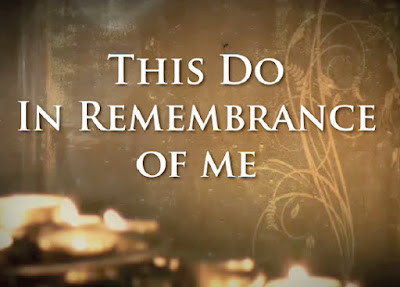חג פסח
Who leads the Passover Seder?
The Passover Seder is led either by a chosen person or by all participants at the Passover Seder table. How the Passover Seder is led depends on the traditions and customs of the family, group, organization, or whoever is organizing and hosting the Passover Seder.
Where is the Passover Seder held?
The Passover Seder is traditionally held in one's home, but Passover Seders have also been hosted and celebrated in a synagogue or Jewish temple, at a place of business, or even in a restaurant!
When is the Passover Seder held?
The Passover Seder is held on the first two evenings of the Passover holiday for Jews who celebrate Passover for eight days, and only on the first evening of the Passover holiday for Jews who celebrate Passover for seven days. Most Jews outside of Israel celebrate Passover for eight days, and almost all Jews celebrate Passover for seven days in Israel, which was the original amount of days that Passover was celebrated. The reason for this difference is that in ancient times, Jews outside of Israel did not hear news from Israel for a period of time, and so news about the religious observance times in the Jewish calendar reached Jews outside of Israel at a later date. So this problem resulted in the rabbis in Israel adding an extra day of observance for the Passover holiday for Jews who lived outside of Israel to compensate for the differences in time.How is the Passover Seder celebrated?
The Passover Seder is usually celebrated by many people sitting around a table. In fact, it is mentioned that "all who are hungry are invited to eat" at the Passover Seder table, for this is a joyous occasion about celebrating physical freedom from bondage. At the same time, it is also a sad occasion in that we are recalling our slavery in Egypt and the hardships our ancestors faced and dealt with. But as we move through the Passover Seder, we move from past recollections to the present to future hopes that freedom, peace, and prosperity will arrive for all humanity when the Messiah arrives to usher in the age of redemption.Conclusion
Passover also contains a strong connection to the theme of creation. Notable is the repetition of patterns of four. This is based on the verse in Exodus that states, “I am the Lord, and I will bring you out from under the burdens of the Egyptians, and I will deliver you from their bondage, and I will redeem you with an outstretched arm and with great judgments, and I will take you to Me for a people, and I will be to you a God…” (Exodus 6:6-7). We drink four cups of wine, ask four questions, and speak about four types of children.Playwright Janet Irene Thomas
Founder/CEO
Bible Stories Theatre of
Fine & Performing Arts
www.biblestoriestheatre.org
info@biblestoriestheatre.org










